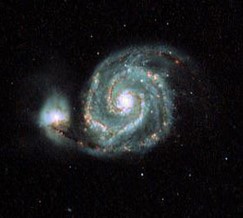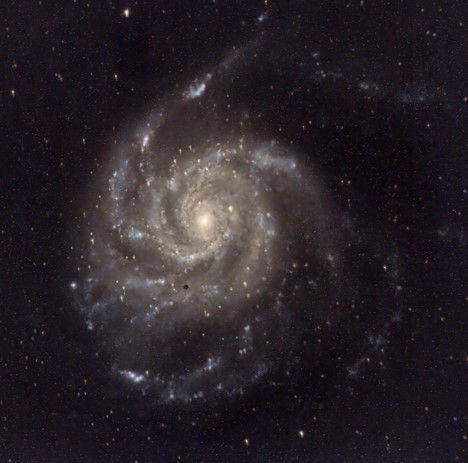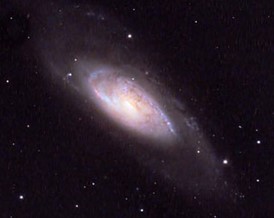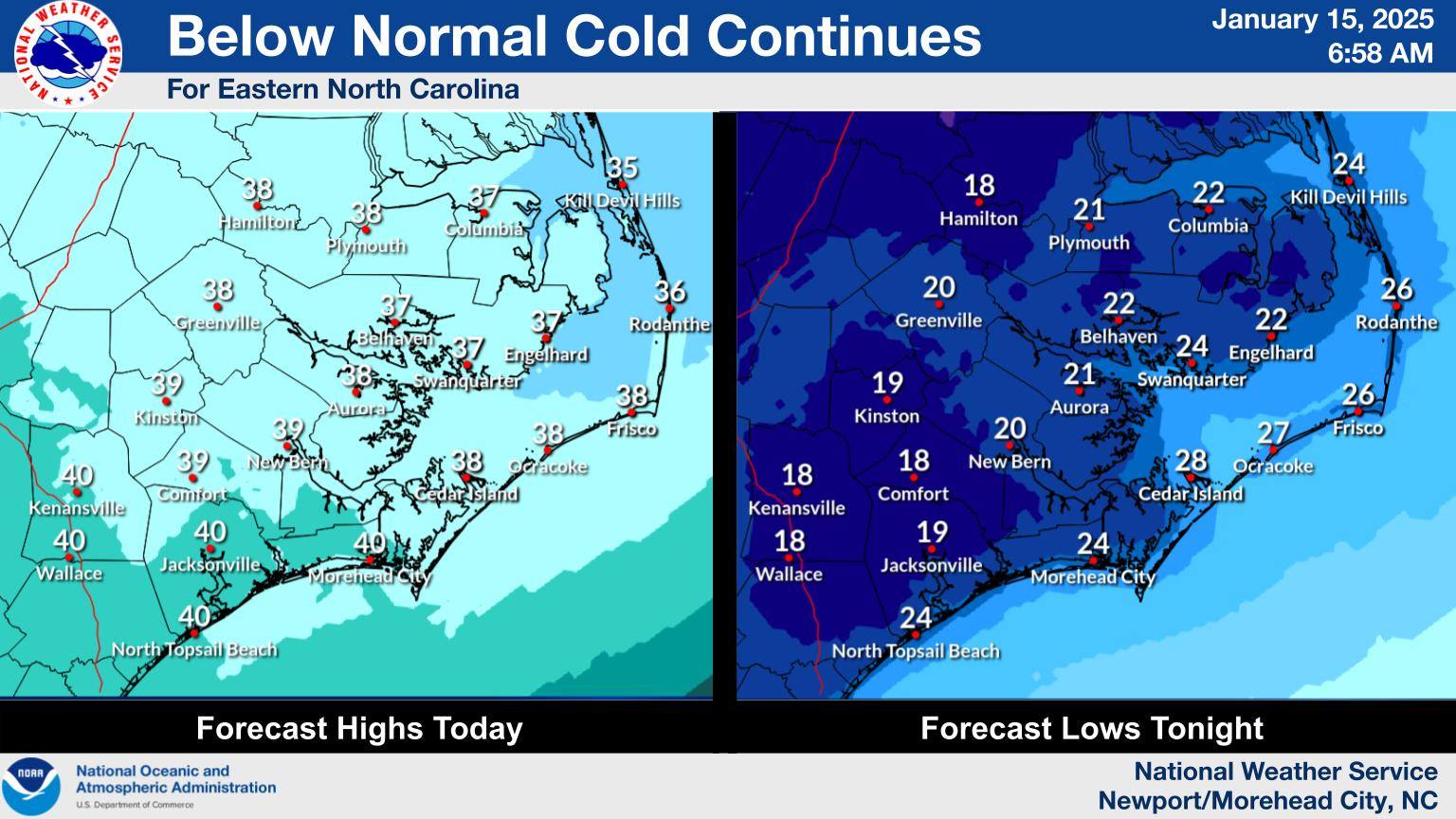Night Sky: Eta Aquariids meteor shower peaks on May 6, and more highlights for May
Sky Charts can be Misleading!
If you look at the Big Dipper constellation (Ursa Major) using a computerized star chart, it appears to be at the center of a large collection of galaxies! But looks can be deceiving–consider these three galaxies:
The is M51, the Whirlpool Galaxy.

It can be found just above the first star in the Big Dipper’s handle, Alkaid. Alkaid is about 105 light years from us and has a visual magnitude of +1.85. That means it’s part of our galaxy, the Milky Way. Even though M51 appears to be close to Alkaid on a sky chart, it’s about 28 MLY (million light years) away from us. With a visual magnitude of +7.9, M51 is easy to see through a small telescope. It belongs to the Whirlpool Galaxy Group, (which was named after its brightest member).
Looking at your sky chart, you’ll see another galaxy on the opposite side of Alkaid. This is M101, the Pinwheel Galaxy.

M101 is closer than M51. It’s only 23 MLY from us. And with a visual magnitude of +7.8, it’s a little brighter than M51. But, as you can see, its structure isn’t nearly as compact as M51’s, making this a more demanding object to view or photograph. M101 is the brightest member of the M101 Galaxy Group.
A third bright galaxy lies just about and to the east of the Big Dipper’s Bowl. This is M106.

M106 was not listed in Messier’s original catalog. It was added to the catalog by Helen Sawyer Hogg in 1947. M106 is 25 MLY from us and has a visual Magnitude of +8.31. And like our other two galaxies, M106 is the brightest member of the M106 Galaxy Group.
So, even though galaxies, (and other deep space objects), might appear to be close to each other on a sky chart, they might not be related to each other in any manner. In fact, each one of the examples I chose for this article is the brightest member of three distinct galaxy groups.
What you can look for in May’s Night Skies
May’s evening skies open up with Venus and Mars visible in the western skies. Venus will be about 30° above the horizon and Mars is about 51° above it. Venus will be extremely bright (magnitude -4.1) and easy to see. Mars on the other hand will only feature a magnitude of +1.3 and will pretty much look like a red star. Just the same, it’s always nice to see both in the sky right after dinner.
Saturn will be visible, just above the eastern horizon about two hours before sunrise.
The Eta Aquariids meteor shower peaks on the morning of May 6. Viewing will be best at about 4:30 a.m. The shooting stars will appear to originate just above and to the left of Saturn.
Moon Phases:
Full Moon is May 5
Last Quarter is May 12
New Moon is May 19
1st Quarter is May 27






























